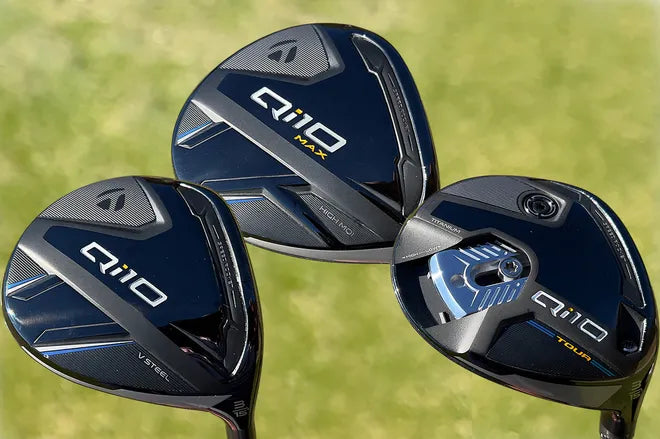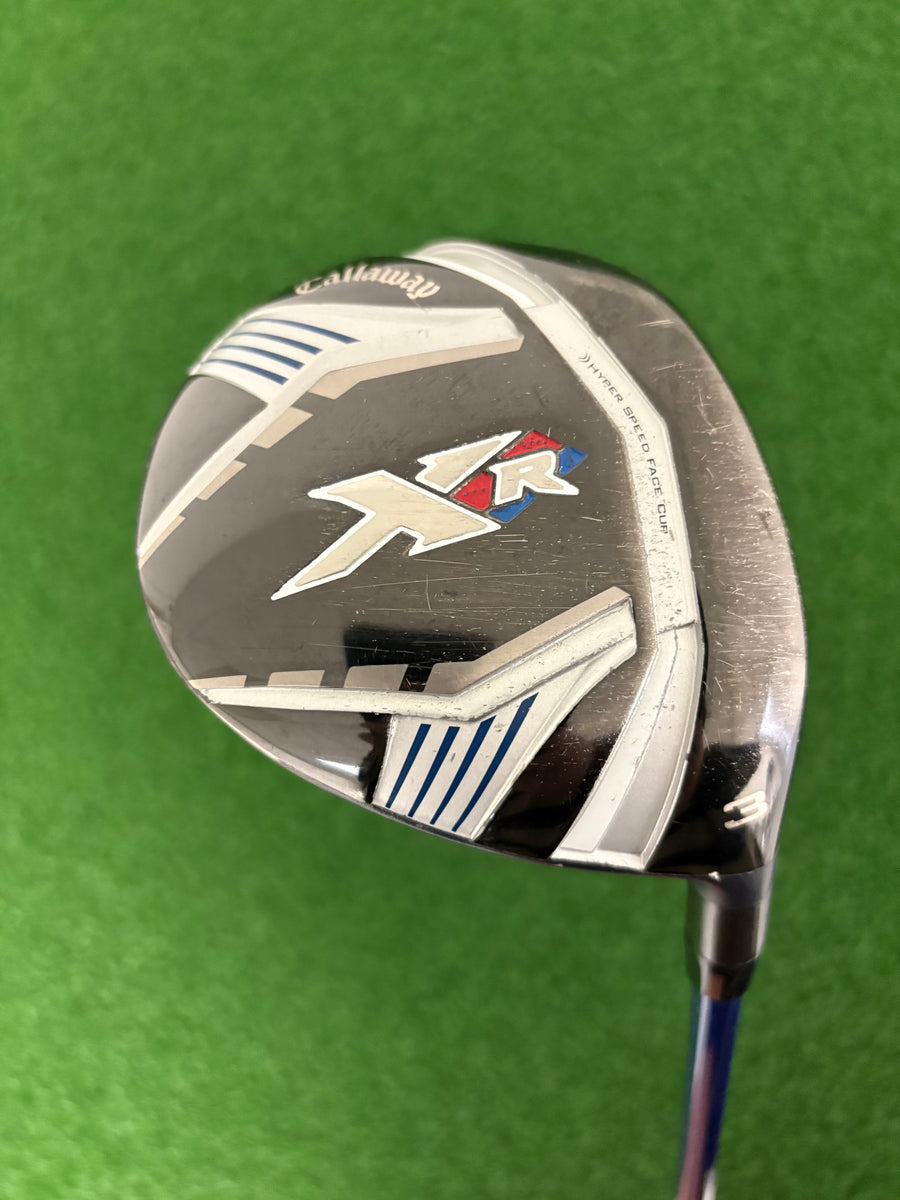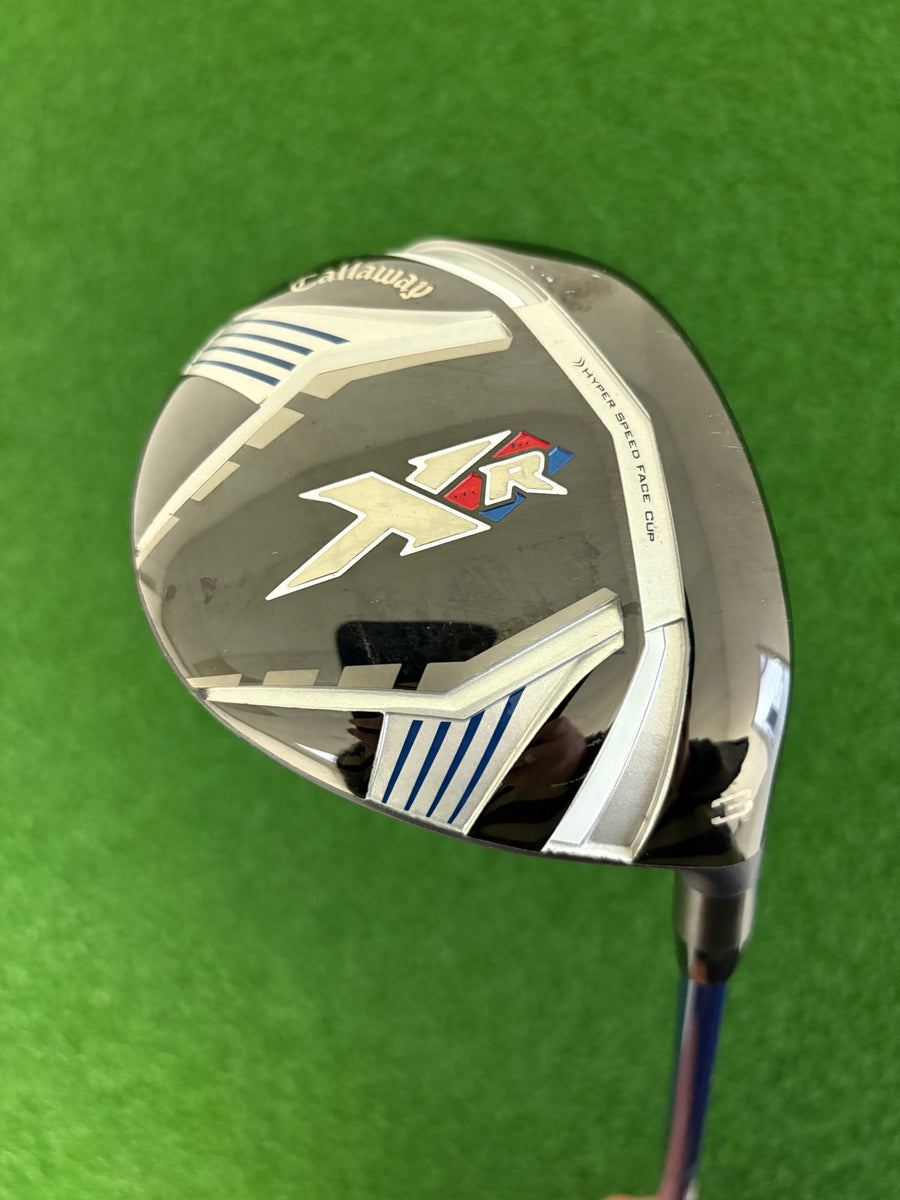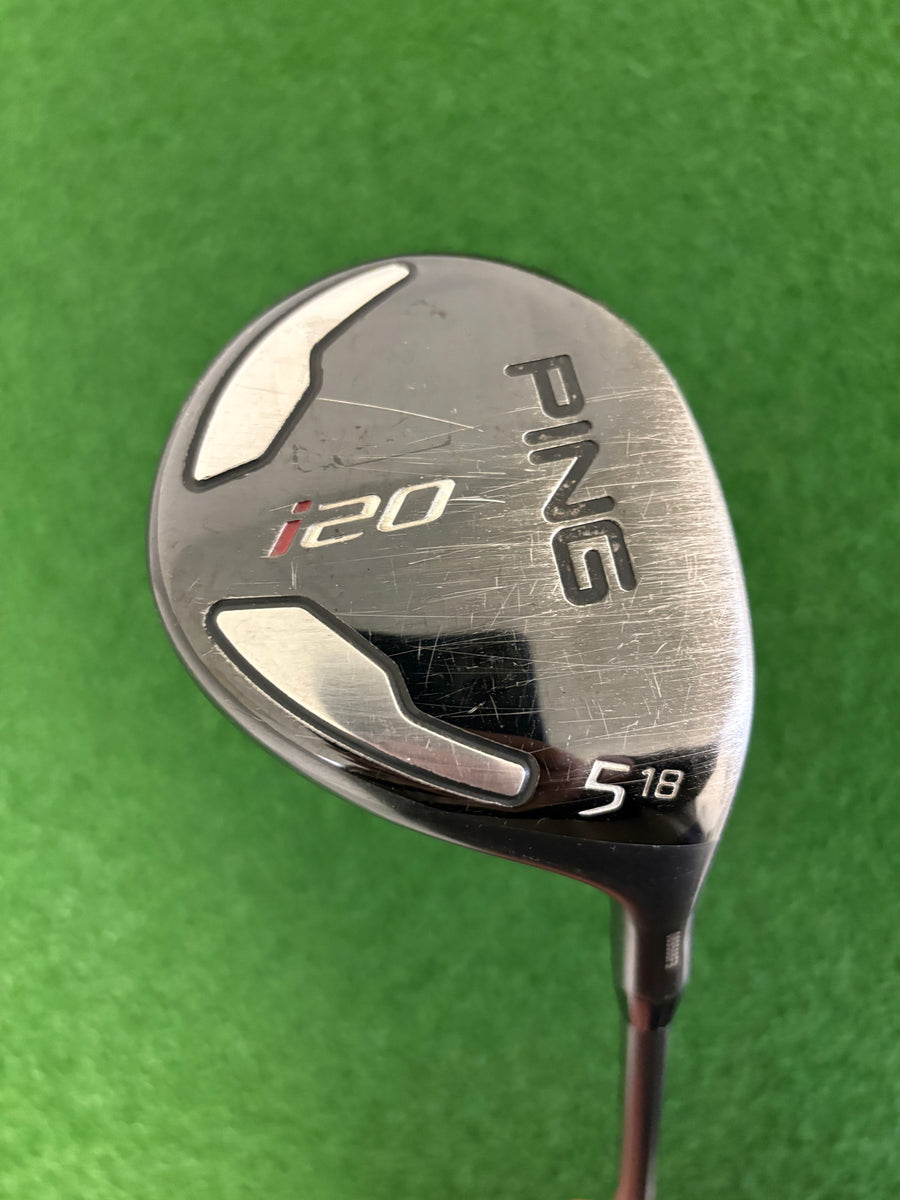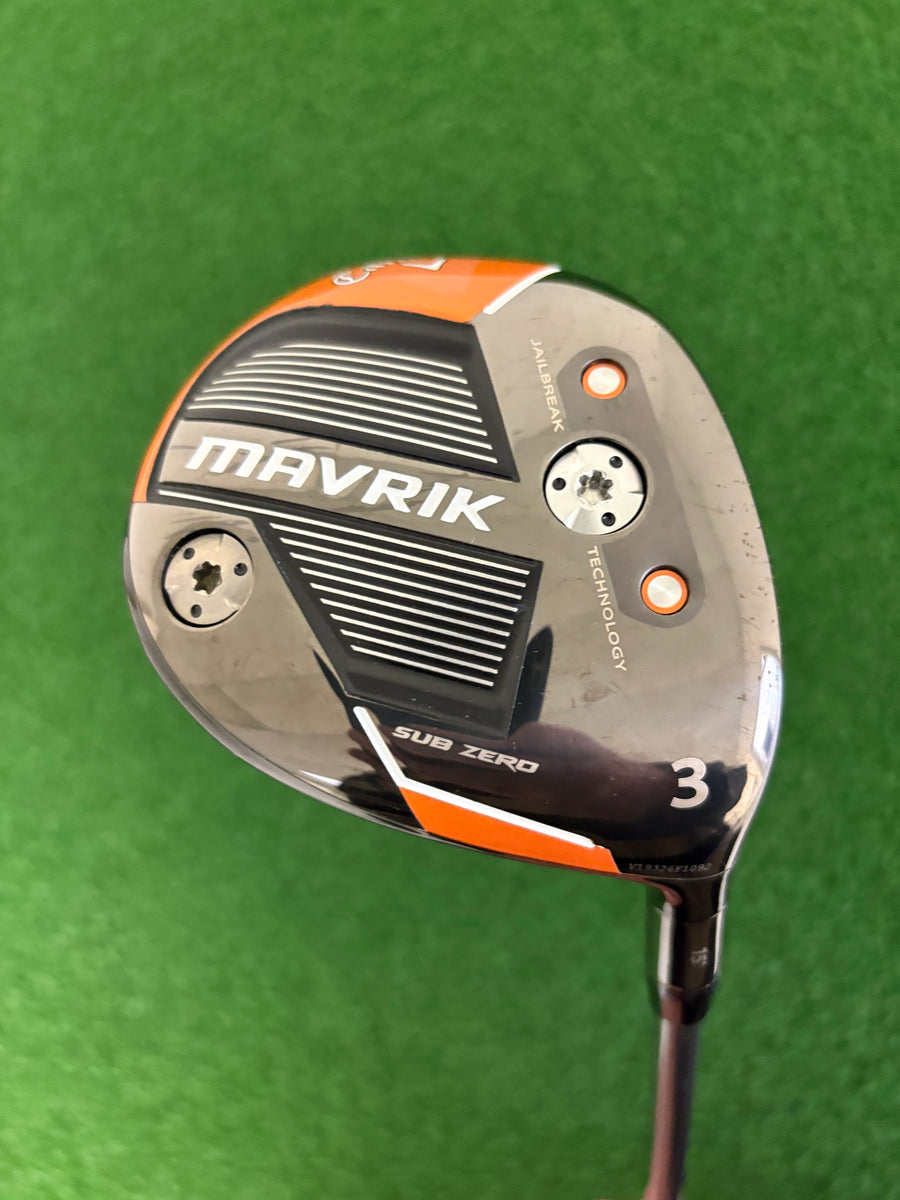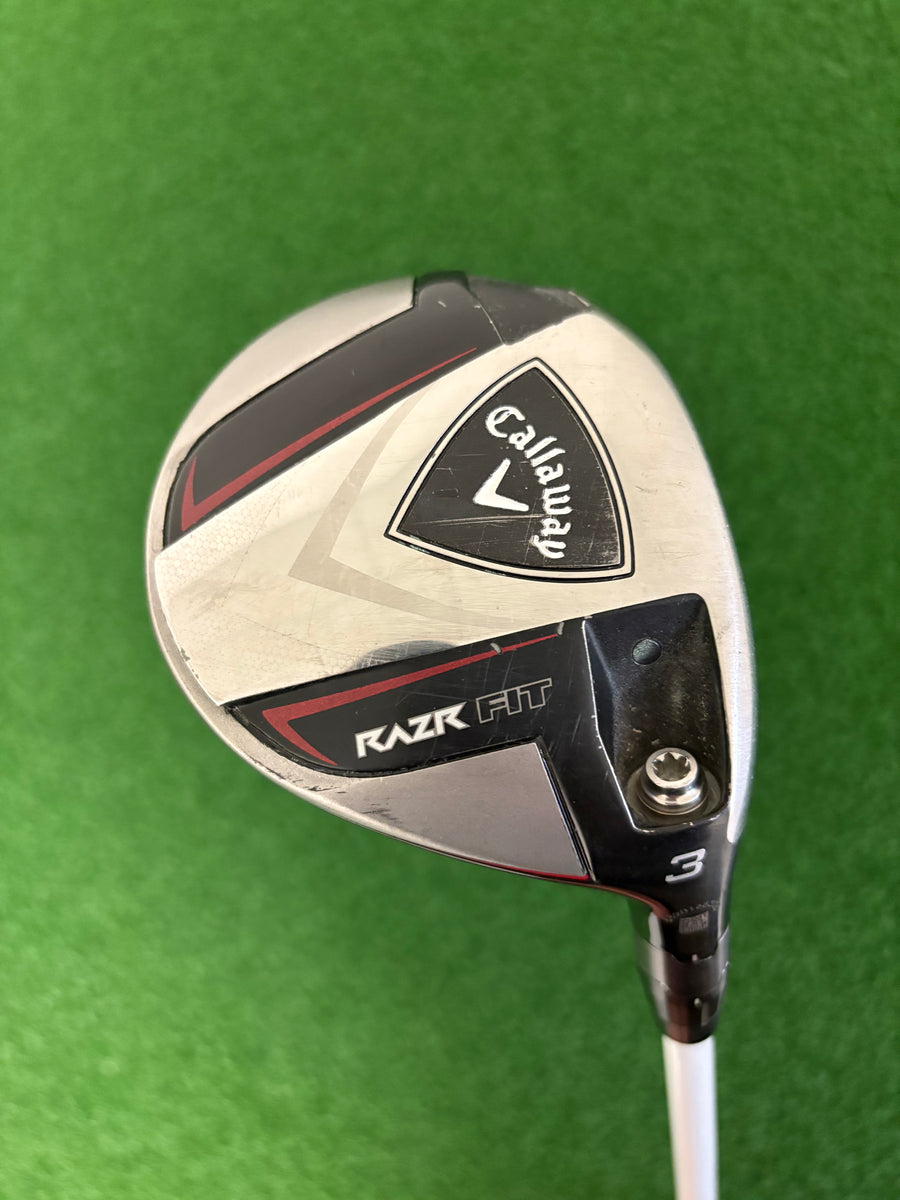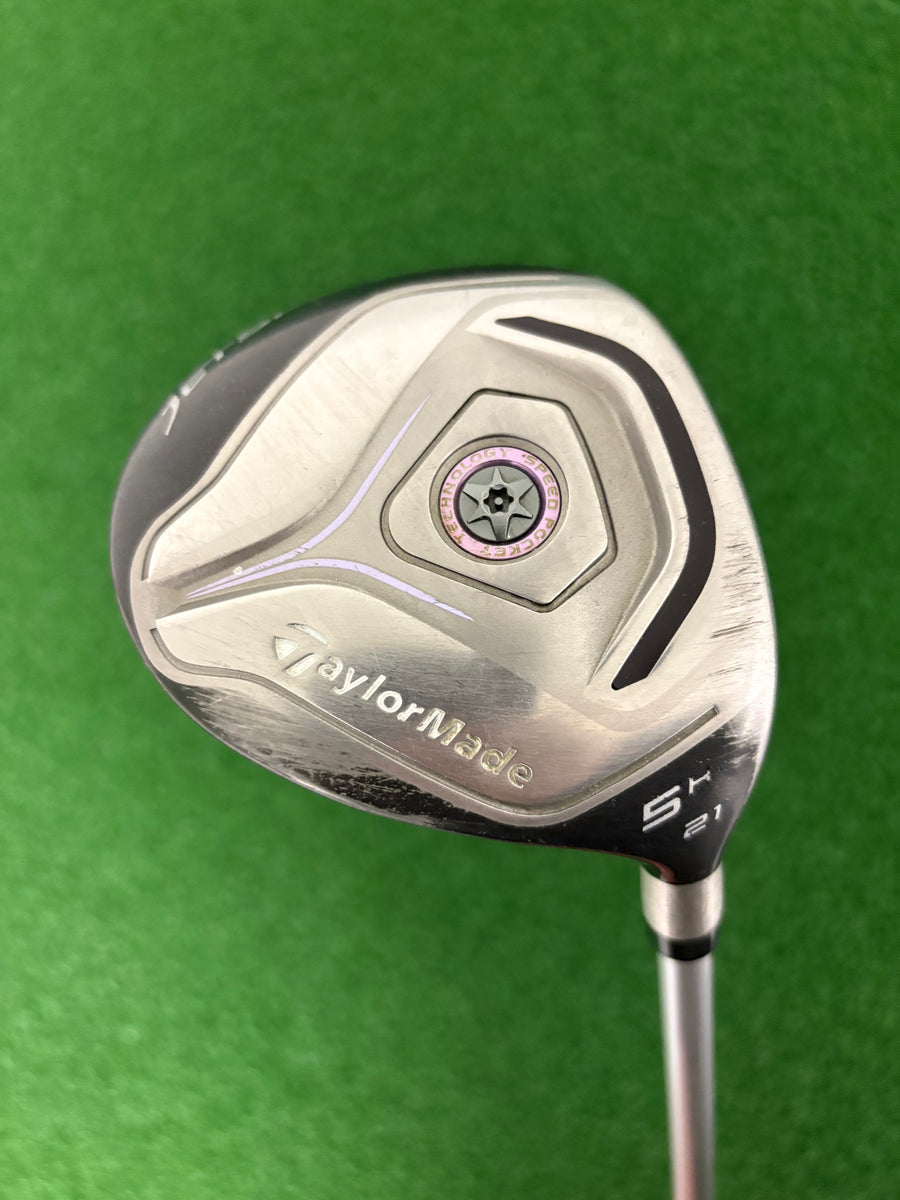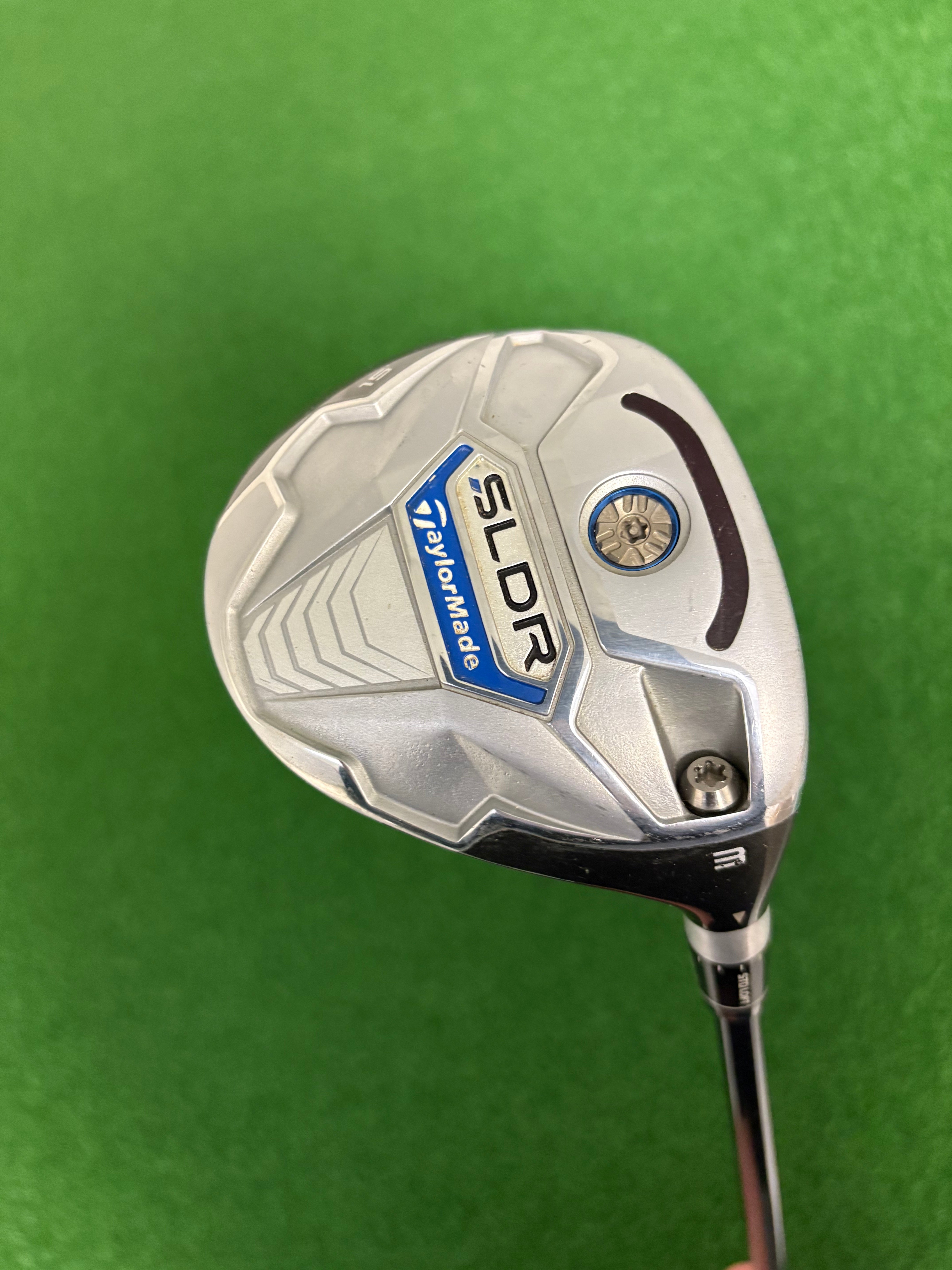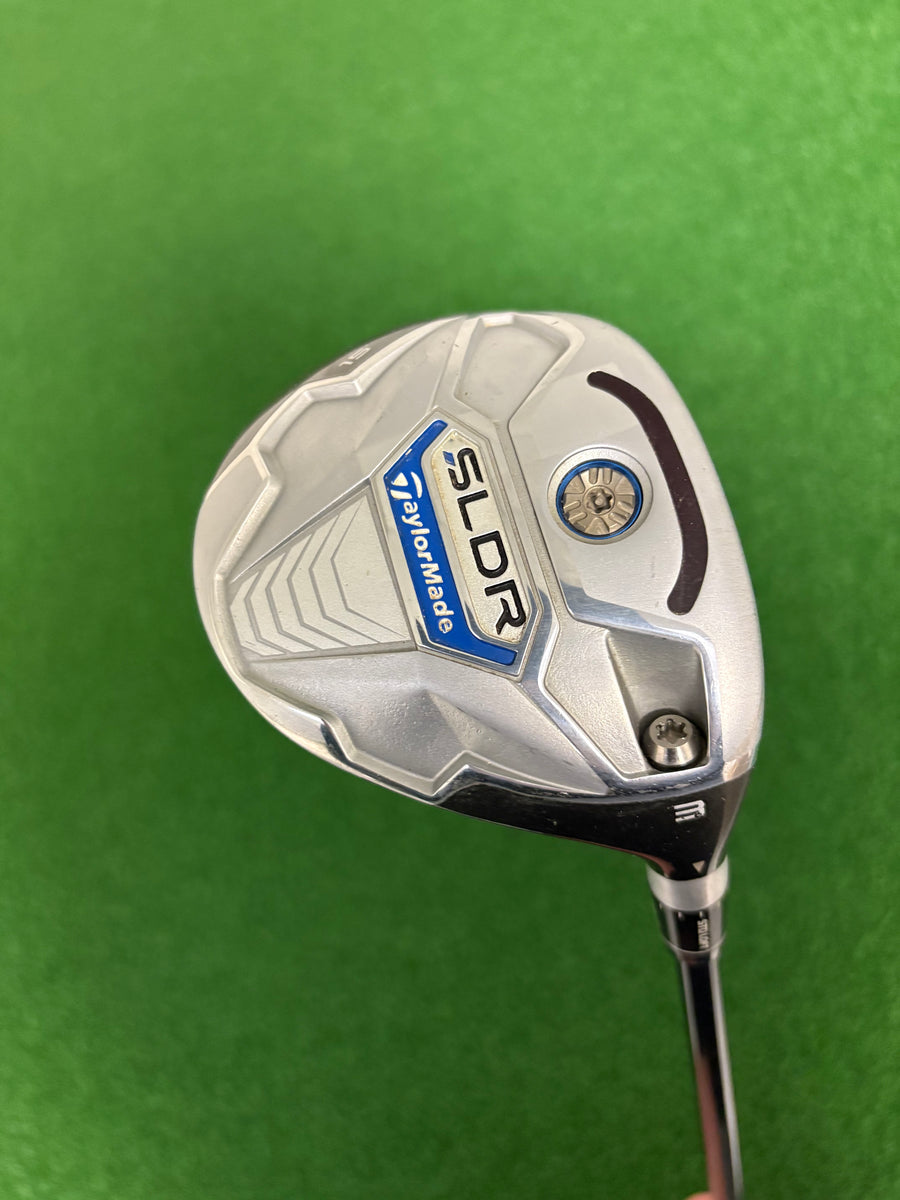The Guide To Buying A Fairway Wood
A reliable fairway wood is needed to have the confidence to execute in certain situations on the golf course. In this comprehensive guide, we'll cover everything you need to know about the different woods available and what factors to consider before making your purchase. By the end, you'll be armed with all the information you need to buy the perfect club/clubs for your game.
Let's get started!
WHAT IS A FAIRWAY WOOD?
A fairway wood golf club is designed for longer shots out of the fairway or short rough, as well as accuracy off the tee when a driver is unsuitable. Fairway woods are shorter than a driver with more loft (between 13–27 degrees in most cases) but longer than most hybrids and irons, making them great to use off the tee and hitting from the fairway.
ADVANTAGES OF USING FAIRWAY WOODS
Each fairway wood offers benefits for different types of playstyles and golfers. If you neglect the fairway woods in your bag, there’s a chance that you might be hurting your long game. Here are some of the biggest advantages of using these clubs.
When Should I Upgrade My Fairway Woods
Like every club in your bag, your fairway wood needs regular attention to stay in peak condition. With typical use, a well-made fairway wood should serve you reliably for about 3 to 6 years. However, if it's frequently used — especially for long-distance shots — you may start to notice signs of wear on the shaft sooner than expected.
Proper upkeep can significantly extend the lifespan of your clubs. A little maintenance goes a long way, and keeping your equipment in top shape means fewer replacements down the line. That’s more money saved — and more excuses to hit the course for extra rounds!
Browse our stock below
Understanding Different Types of Fairway Woods
There’s a wide range of fairway woods available to golfers, each designed for specific situations on the course. A helpful guideline to keep in mind: as the number on the wood increases, so does its loft — which generally means a higher ball flight and shorter distance.
Higher-Lofted Fairway Woods
Fairway woods with a number greater than 5 — such as 7, 9, or even 11 — are often called utility woods. Though not commonly found in every golfer’s bag, clubs like the 7-wood can be highly effective. They typically feature lofts between 20 and 24 degrees. Despite overlapping in loft with a 5-wood, these clubs are easier to handle due to their more compact clubheads, offering improved maneuverability in various lies.
3-Wood: The Go-To Option
The 3-wood is a foundational club in most players' arsenals, prized for its versatility across different playing conditions. It’s the longest of the fairway woods and is usually set at a loft between 13 and 18 degrees. When selecting the appropriate loft, your swing speed is a critical factor. Players swinging under 100mph will benefit more from a 3-wood with 15 to 17 degrees of loft for improved launch. In contrast, those swinging above 100mph may prefer a slightly lower loft of 13 to 15 degrees to maximize distance.
5-Wood: Filling the Distance Gap
Featuring lofts in the 18 to 22-degree range, the 5-wood serves as a mid-distance club between your 3-wood and higher-lofted options. For optimal performance, its loft should not exceed 3-4 degrees more than your 3-wood. Due to its higher loft, expect it to carry slightly less distance — around 190 to 210 yards for players with moderate swing speeds. It’s especially useful for approach shots or navigating tight fairways.
Let me know if you'd like this rewritten version formatted for a brochure, webpage, or any other format.
Adjustments
Modern fairway woods often feature adjustable components, most notably the adjustable hosel, which allows you to tweak the loft by around 4 to 5 degrees either way. This involves removing a screw at the heel, detaching the shaft, reconnecting it to the clubhead, and selecting a different loft setting.
It’s important to note that adjusting the loft also alters the lie angle — the angle between the shaft and the ground at impact. Changes here can influence the direction of your ball flight, particularly its left-to-right trajectory. So if you’re considering an adjustable fairway wood, keep this factor in mind to maintain consistent performance.
What Brand Should I Choose?
With leading golf brands offering a wide array of fairway woods to suit different preferences and playing styles, your choice will ultimately come down to what feels best for you. If you're unsure where to begin, trying out several brands and models can help you find the right fit.
At Thrift Golf, we’ve noticed that golfers often gravitate toward fairway woods from TaylorMade, Callaway, Titleist, and Cleveland. If there’s a particular brand or model you’ve been eyeing, let us know — even if it’s not currently in stock, there’s a good chance we can source it for you.
What Do The Pros Play?
PGA Tour professionals heavily rely on fairway woods, with the 3-wood being the most widely used across nearly every player’s setup. This club offers excellent versatility off the tee and fairway, making it a staple in professional bags. Popular 3-wood models on Tour include the TaylorMade Qi10 and PING G430 Max, both known for performance and consistency. Around one-third of top pros also carry a 5-wood, which helps fill the gap between the 3-wood and longer irons. These 5-woods, such as the TaylorMade Stealth Plus and Titleist TSi2, provide slightly more loft and a softer landing. Roughly 10% of professionals opt for a 7-wood, favoring it for its higher launch and added forgiveness in challenging conditions. Players like Dustin Johnson and Tommy Fleetwood have included a 7-wood in their setup for specific course strategies.
Adjustable hosels are common in fairway woods, allowing loft and lie tweaks to fine-tune ball flight. While movable weights are less prevalent than in drivers, some models offer this as part of a custom fitting. Ultimately, the combination of fairway woods a player chooses depends on personal preference, course demands, and overall bag composition.
